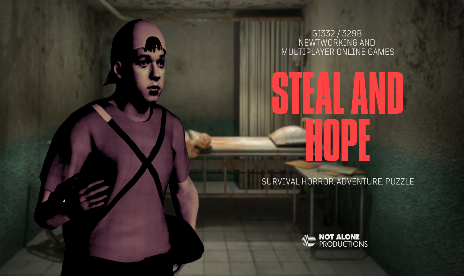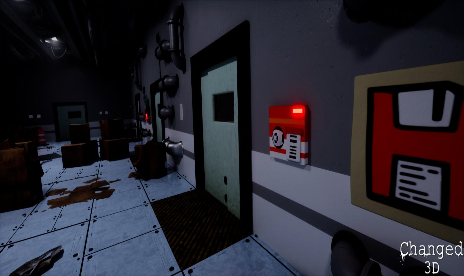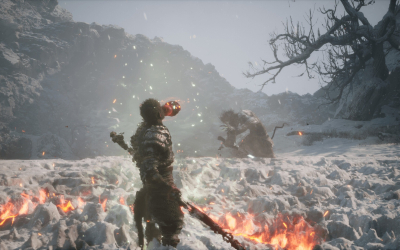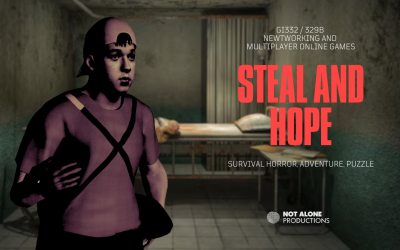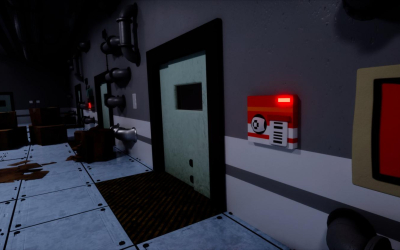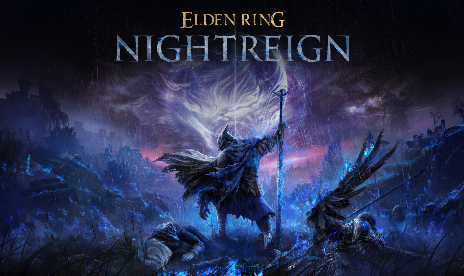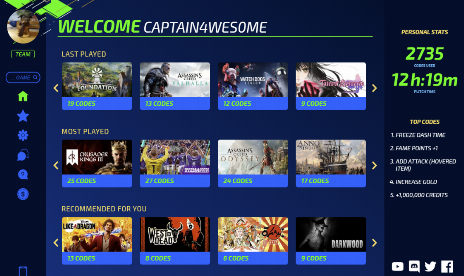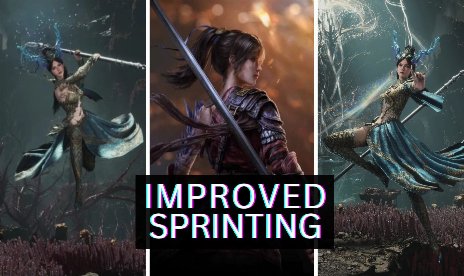Les nouveaux prototypes VR de Meta promettent une clarté rétinienne et des vues à l'échelle IMAX
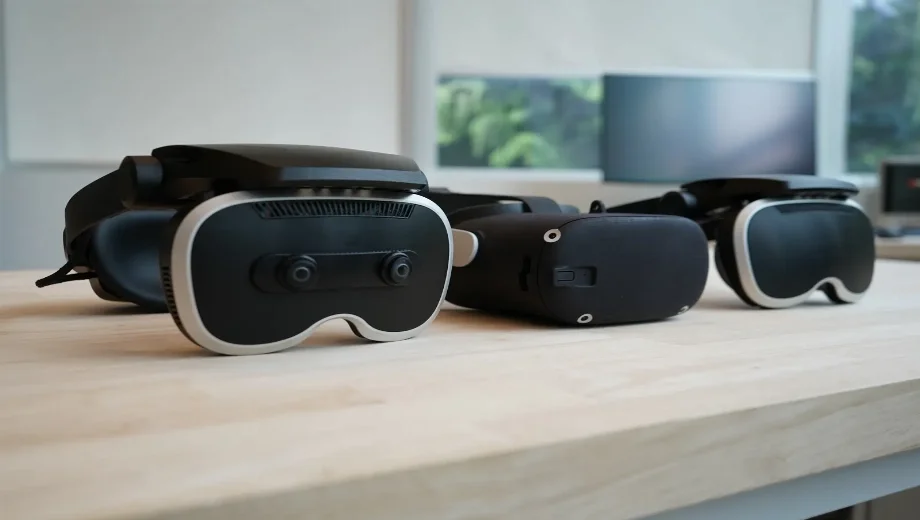
Meta Reality Labs has shown a suite of experimental headsets designed to push three pillars of next‑gen VR: near‑retina resolution, a wider field of view, and genuine HDR brightness. The company’s engineering brief details “Butterscotch,” a prototype targeting roughly 60 pixels per degree, “Starburst,” a lab rig built to explore extremely high‑nit HDR, and “Mirror Lake,” a compact concept that combines varifocal optics, eye tracking, and thin pancake lenses in a goggle‑like shell. The full technical context is outlined on the official Meta Reality Labs blog. For an external perspective on the newest iterations—particularly resolution and field‑of‑view gains—see this summary from heise online.
The practical upside: clarity, FOV, HDR, and comfort
- Clarity you can aim with: At around 60 ppd, small text and far targets become readable without aggressive supersampling. That matters in sim cockpits, long‑range shooters, and strategy UIs that cram data into tight panels.
- Peripheral awareness: Wider field‑of‑view prototypes reduce the tunnel effect, which improves corner checks in tactical games and horizon tracking in racers and flight sims.
- True HDR punch: High‑luminance experiments aim to deliver convincing specular highlights and deeper shadow detail. Horror set pieces gain depth, neon‑lit cityscapes stop blooming, and outdoor maps keep sky detail without crushing blacks.
- Varifocal focus: Dynamic focus stacks keep weapon sights, wrist UIs, and nearby interactables tack‑sharp, easing eye strain during longer sessions.
- Thinner optics: Pancake lenses shrink front‑heavy designs, promising better balance for rhythm games, fitness apps, and long raids.
Performance implications for PCVR and consoles
If a future Meta headset ships with higher pixels‑per‑degree and wider FOV, rendering budgets change. Developers can lean less on brute supersampling and instead target stable frame pacing with smarter foveated rendering. Sim communities benefit first: crisp gauges at native focus reduce the need for UI mods, while broader periphery helps with situational awareness. Console VR could piggyback on the same optics: resolution and HDR upgrades matter more than headline panel counts if ppd and contrast land where the research points.
What’s still in the way
- Thermals and power: The brightest HDR demos currently rely on hefty cooling and wall power. Efficient micro‑OLED or future backlights are key for a living‑room device.
- Panel yields and cost: High‑ppd, high‑FOV optics demand tight tolerances. Manufacturing at scale without warping or mura is a hurdle.
- Software readiness: Eye‑tracked foveation, varifocal‑aware UIs, and HDR‑graded content need engine and middleware support before the hardware can sing.
The bottom line
This is still research hardware, but the direction aligns with what experienced players actually want: clarity, breadth of view, real contrast, and lighter shells. If even two of those pillars land together in a consumer headset, PCVR targets will shift and many of today’s visual compromises—blurry distance, dim scenes, tunnel vision—start to fade.





![Forever Skies v1.0-v20251124+ (+22 Trainer) [FLiNG]](https://9588947a.delivery.rocketcdn.me/wp-content/uploads/2024/01/screenshot-2023-06-28-125615-464x276.jpg)





